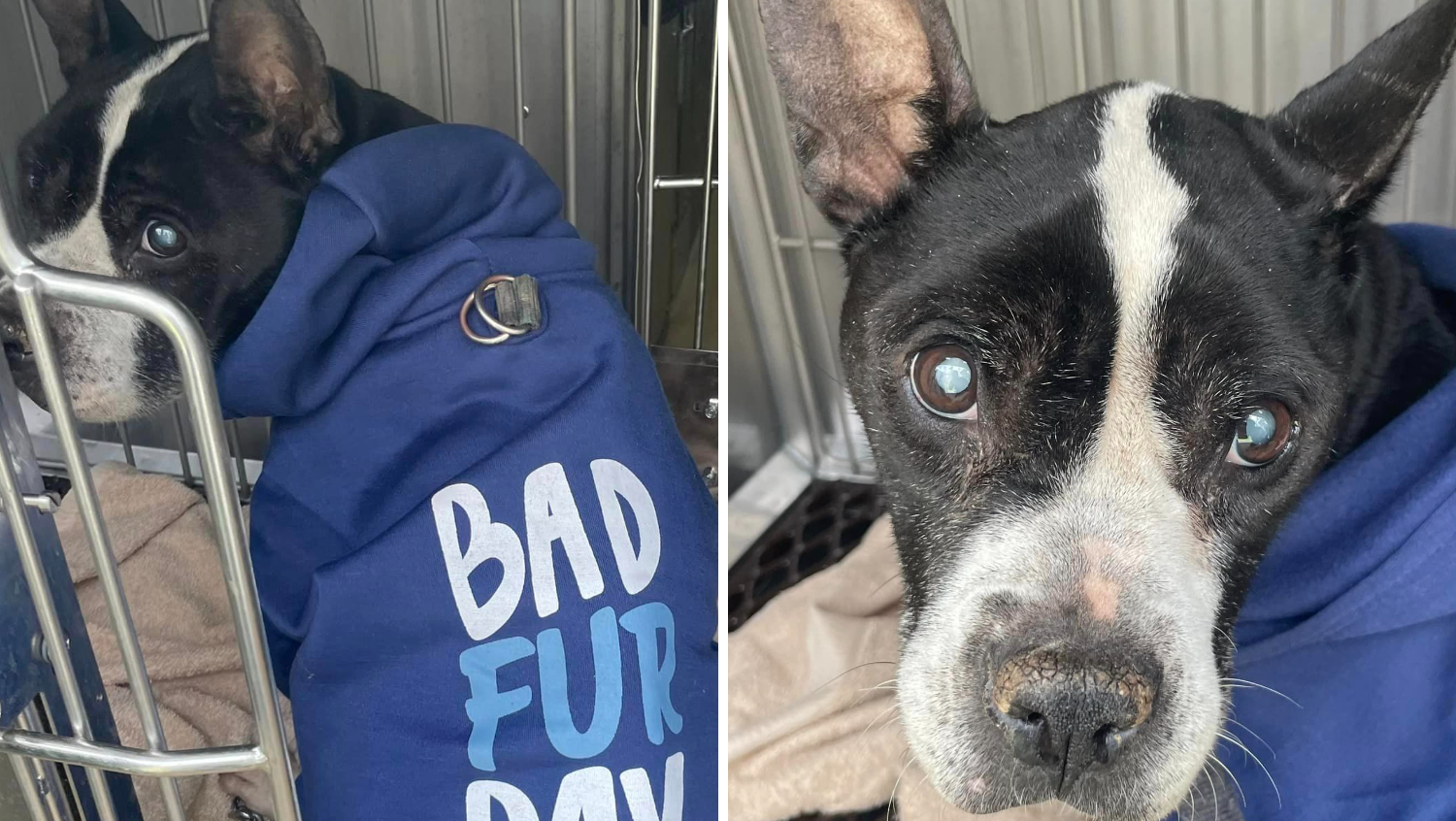From contact tracing to extra cleaning, restaurants in Connecticut and across the border in Massachusetts are doing everything they can to make sure customers feel comfortable dining inside. That’s because it’s New England and they won’t have much of a choice in the next few weeks.
“Making the public feel comfortable that’s the big thing because you know you take west hartford for example they have the streets blocked off but once the cold weather sets in or if there is a rain day certainly it wouldn’t help anybody if people don’t want to come indoors,” said restaurant owner Helmar Wolf.
Wolf owns Mill Restaurant Group, which has restaurants in Connecticut and one in West Springfield, Mass. He says indoor dining in Massachusetts started much later than Connecticut, but indoor dining in Connecticut currently allows for 50% capacity.
“We hope people really get comfortable sitting inside, going in as I mentioned before with proper spacing and not overdoing things, it should be okay. I certainly don’t have a problem going to restaurants and eating indoors,” Wolf said.
Unlike Connecticut, Massachusetts has no capacity limitations on indoor dining, as long as it doesn’t exceed the building allowance, but Massachusetts requires six-foot barriers.
”We may be able to get up to 75 to 80% capacity as long as we’re able to do it safely with the distance or the plastic barriers,” Scott Smith of Max Tavern in Springfield, Mass. said.
Smith, vice president of Max Restaurant Group, said at the moment, while the weather is nice, customers are choosing to sit outside.
“Given a choice people would rather sit outside but if they want immediate seating most people will still choose inside," Smith said.
With cold weather on the horizon, restaurants are worried about a perfect storm.
“We operate on thin margins and the thing I think we and everybody else is trying to feel out right now is that we’re getting toward the end of the forgiveness period for the PPP funds,” Smith said.
Many restaurants took advantage of the PPP funds made available by the federal government through the coronavirus relief bill. Many of those loans expire at the end of October when restaurants lose outdoor dining.
“Come November that’s when most businesses are really going to feel it. They’re losing their outdoor seating. It's going to be kinda an unfortunate perfect storm happening all at once,” Smith said.
But customers like Ron Silva from Northampton don’t plan to stop eating out.
“Right now with the precautions they’re taking I feel very safe. As long as everyone else follows the protocols as far as keeping their distance, socially distancing and not pushing the boundaries,” Silva said.



